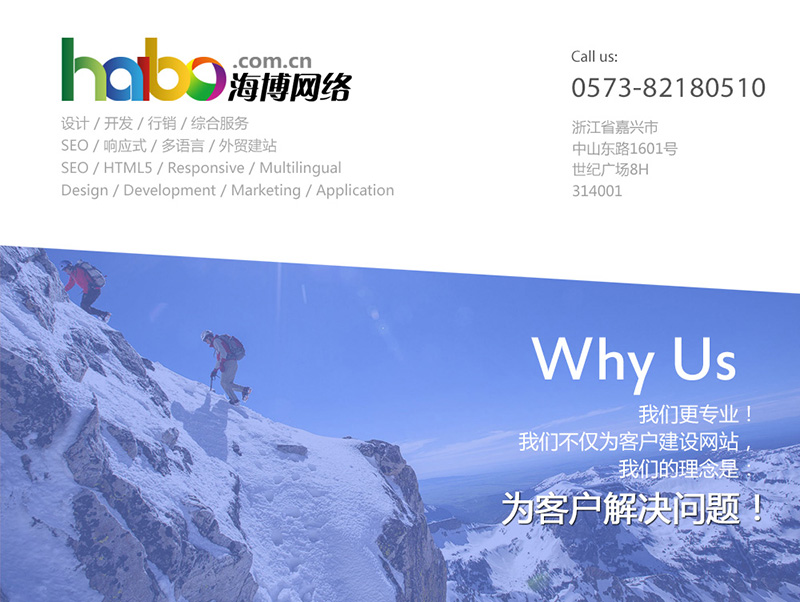The 5 Web Designing Trends of 2016
When it comes to making the internet a more welcoming and comfortable place to spend time at, webmasters and entrepreneurs are always coming up with new techniques to make the web edgier and more improved. It is an ever-evolving genre, and each ensuing year brings it own set of new rules, trends and conventions. 2016 is indeed a new dawning for the web designing industry, when the world wide web finally and officially moves away from the old, clutter-oriented web designing into something more professional, user-friendly and seamless. Here I present you with the 5 most observed trends of web designing in 2016, which are helping us shape the web for the better:
Responsive is Responsible
Gone are the days when you had to host 5 different websites depending on the screen size of different devices used to access your destination. Most websites, magazines and blogs today prefer to use a responsive web design, which automatically optimizes itself to the size of the user’s screen. Not only are responsive web designs cheaper and more user-friendly, they even help reduce the page load time by eliminating any unnecessary redirections from the main page of the site.
Piertotum Locomotor
A website is an inanimate object. In an effort to breathe life into this inanimate being, webmasters have been using animations since the very start of web designing. While gone are the days of glittery animations cluttering the home screen, we still have webmasters and web developers making use of premium and professional animations to breathe life into flat and minimalist web designing schemes. Popular animations used today include hover background animations, hover animations, motion animations, animated load screens and longform slideshows.
Quantum Paper
The flat design craze reached its next lap when Google announced its debut of material designing, a rich new form of flat web designing which makes liberal use of “ grid-based layouts, responsive animations and transitions, padding, and depth effects such as lighting and shadows”. The final result allows for a rich, professional and premium web surfing experience that makes users feel confident and comfortable. Find out more about material designs here.
Interactions and Microinteractiions
The idea behind any modern website design is to keep the user engaged and occupied as much as possible. This is achieved through constantly making the user interact with the website in some form without feeling irritable. A great example of microinteractions is Facebook’s new reactions, which allow you to showcase different emotions over reading a post or status update rather than just “liking” it. Microinteractions must feel swift, easy and human, keeping the user engaged without making them feel strained.
Doppelgangers
As a result of 21st century web designing, a lot of web sites have come up to look similar to each other in various aspects. The repetitive use of hero images, hamburger menus, flat designs, responsive interfaces and premium marketplace themes have filled the web with a huge number of websites from different industries and spheres, all ending up to looking awkwardly similar. However, that isn’t necessarily a bad thing; as we all know, everyone loves operating in a familiar interface.

